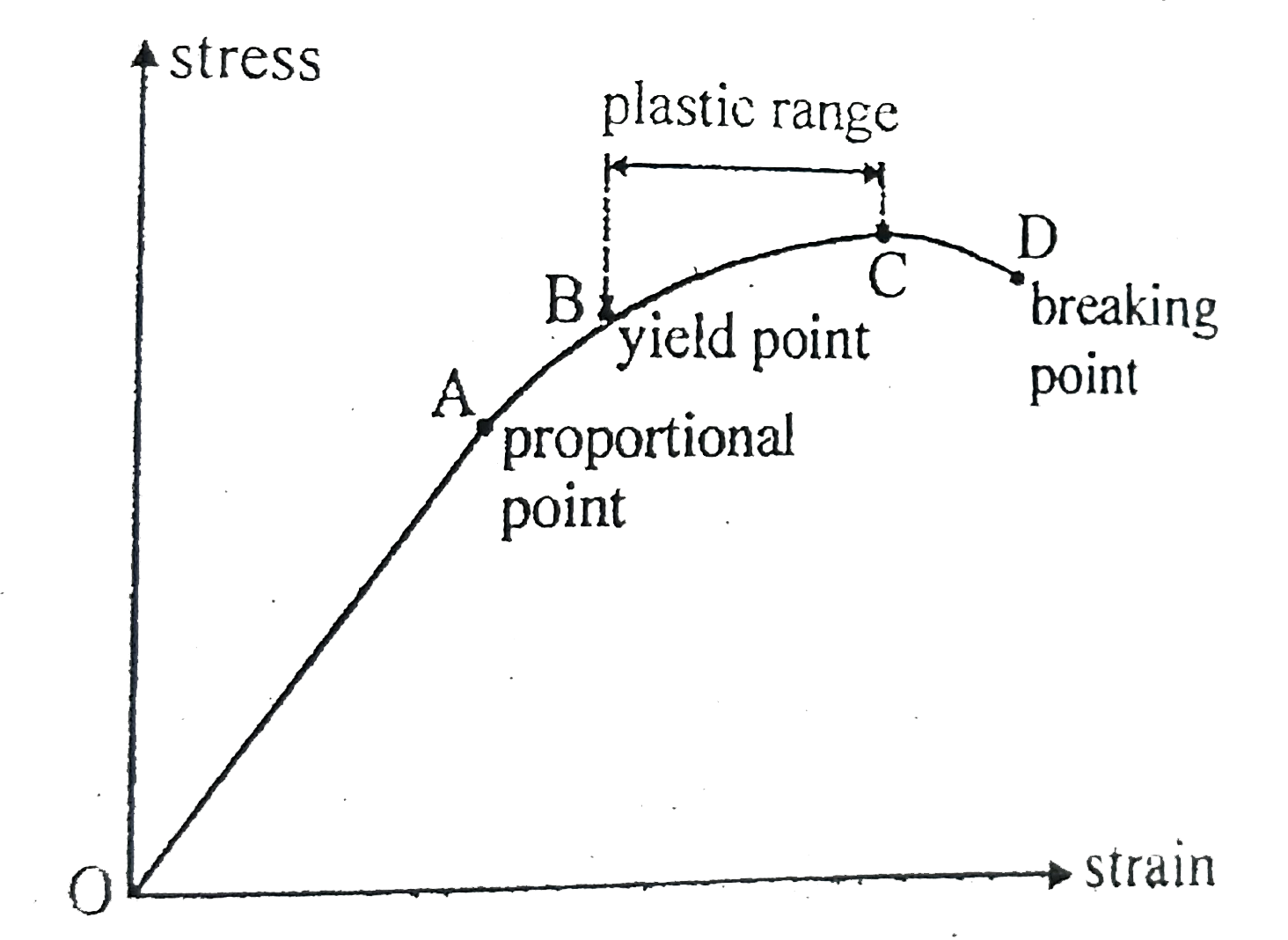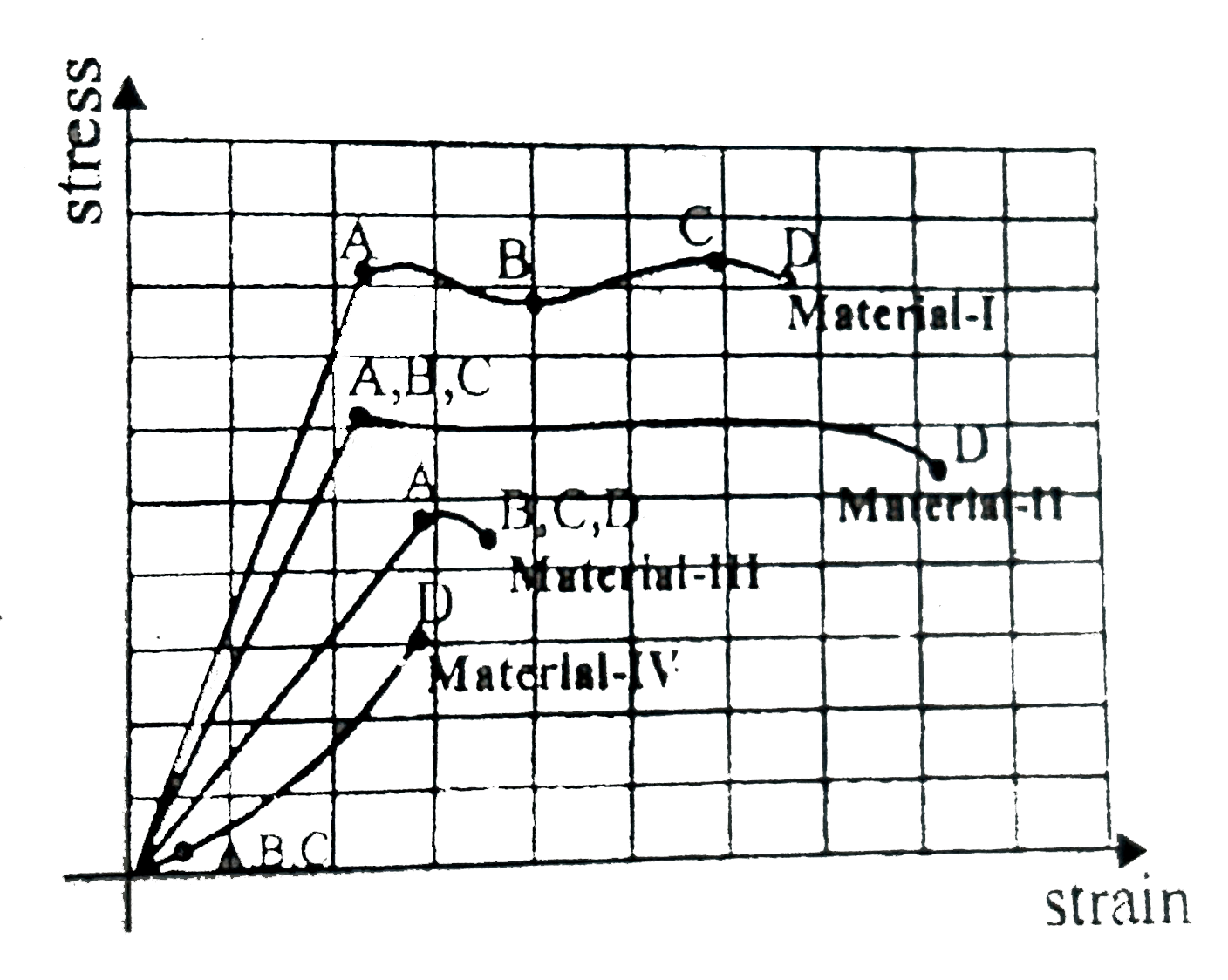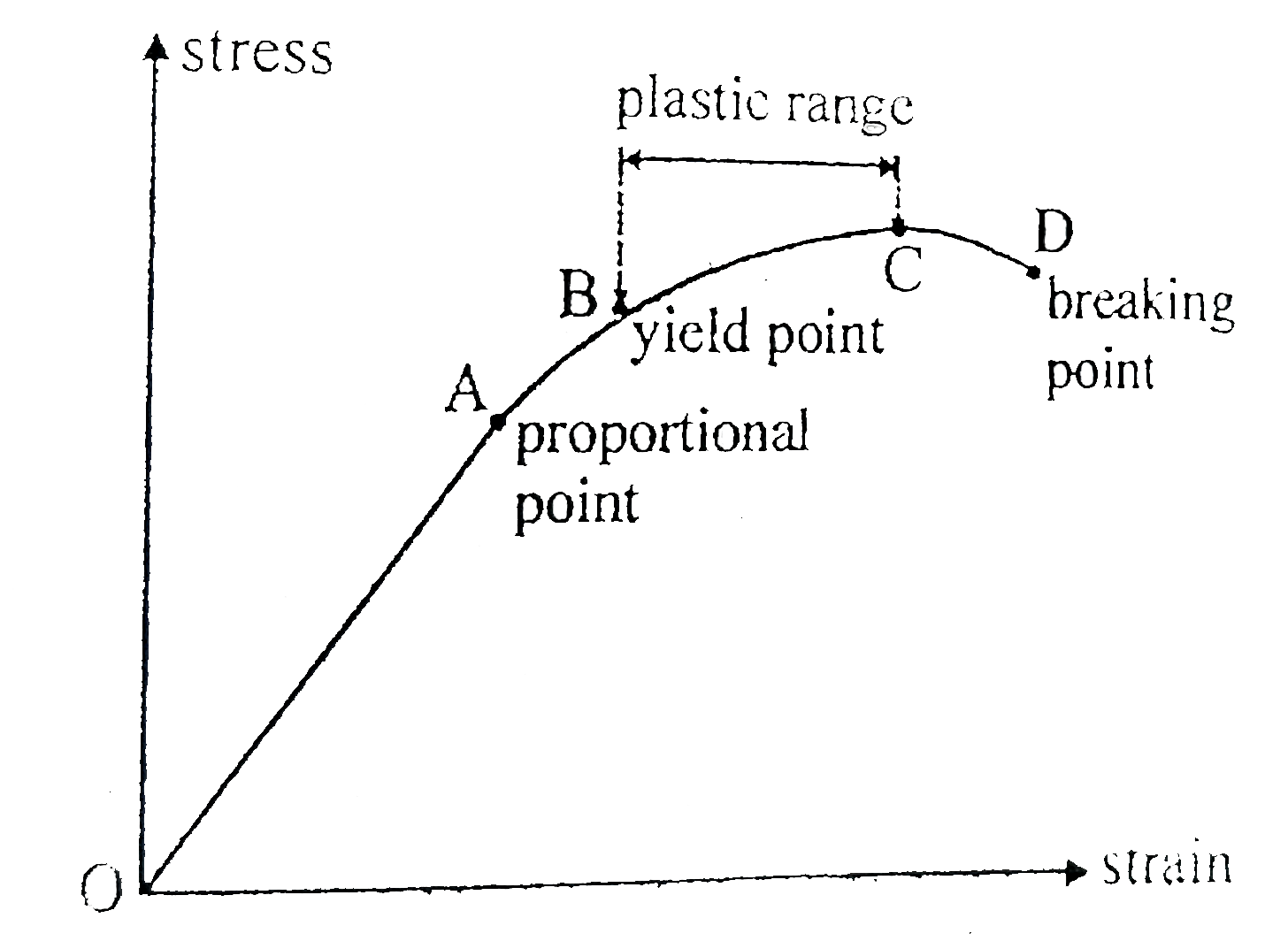As a biologists explain the technique to a dairy farmer for increasing the yield of herd size of cattle in a short time.
Step-by-Step Solution:
1. Understand the Goal: The primary objective is to increase the yield of the herd size of cattle in a short time. This can be achieved through advanced reproductive techniques.
2. Introduce MOET: The technique recommended for this purpose is called Multiple Ovulation Embryo Transfer (MOET). This method is specifically designed to enhance the reproductive efficiency of cattle.
3. Hormonal Treatment: The first step in the MOET process involves administering hormones to the female cattle. The hormone used is Follicle Stimulating Hormone (FSH). This hormone stimulates the ovaries to produce multiple eggs (ova) instead of the usual single egg.
4. Superovulation: The superior female cattle are injected with FSH, which leads to the development of multiple follicles. Typically, this results in the production of 6 to 8 ova.
5. Artificial Insemination: Once the ova are ready, they are collected and the superior male's sperm is used to artificially inseminate these ova. This step is crucial as it ensures that the embryos will have desirable genetic traits from both the superior male and female.
6. Embryo Development: After fertilization, the embryos are allowed to develop for a short period in vitro (outside the body) until they reach a suitable stage for transfer.
7. Transfer to Surrogate Mothers: The developed embryos are then transferred to surrogate mothers (other female cattle that will carry the embryos to term). This allows for the original superior female to continue producing more ova in subsequent cycles.
8. Result: This technique results in the production of multiple offspring from a single superior female in a short time, thereby increasing the herd size effectively.
---
Topper's Solved these Questions
- XII BOARDSBOOK - XII BOARD PREVIOUS YEAR PAPER ENGLISHCHAPTER - XII BOARDSEXERCISE - Section - D
11 Videos
- XII BOARDSBOOK - XII BOARD PREVIOUS YEAR PAPER ENGLISHCHAPTER - XII BOARDSEXERCISE - Delhi Board : Set II section -A
4 Videos
- XII BOARDSBOOK - XII BOARD PREVIOUS YEAR PAPER ENGLISHCHAPTER - XII BOARDSEXERCISE - Section - B
20 Videos
- SAMPLE PAPER 2019BOOK - XII BOARD PREVIOUS YEAR PAPER ENGLISHCHAPTER - SAMPLE PAPER 2019EXERCISE - Section E Part B
3 Videos
Similar Questions
Modern farmer's can increase the yield of paddy upto 50% by the use of :-
View SolutionModern farmer's can increase the yield of paddy upto 50% by the use of :-
View SolutionDescribe the technology that has successfully increased the herd size of cattle in a short time to meet the increasing demands of growing human population
View SolutionExplain the efforts which must be put in to improve, hygiene and milk yield of cattle in a dairy farm.
View SolutionBriefly explain each of the following :
There is a gradual increase in the forest cover in India in recent times.
View Solution(a) What is the programme called that is involved in improving success rate of production of desired hybrid and herd size of cattle?
(b) Explain the method used for carrying this programme for cows.
View SolutionFigure shows the relationship between tensile stress and strain for a typical material. Below proportional point A, stress is directly proportional to strain which means Young's moudulus (Y) is a constant. In this region the material obeys Hooke's law.

Provided the strain is below the yield point 'B' the material returns to its original shape and size when the force is removed. Beyond the yield point, the material retains a permancnt deformation after the stress is removed. For stresses beyond the yeld point, the material exhibit plastic flow, which means that it continues to elongate for little increases in the stress. Beyond C a local constriction occurs. The material fractures at D (i.e. breaking point). The graph below shows the stress-strain curve for 4 different materials.

If you bough a new shoe which bites in the beginning and later on fits perfectly, then the material used to making the shoe is
View SolutionFigure shows the relationship between tensile stress and strain for a typical material. Below proportional point A, stress is directly proportional to strain which means Young's moudulus (Y) is a constant. In this region the material obeys Hooke's law.

Provided the strain is below the yield point 'B' the material returns to its original shape and size when the force is removed. Beyond the yield point, the material retains a permancnt deformation after the stress is removed. For stresses beyond the yeld point, the material exhibit plastic flow, which means that it continues to elongate for little increases in the stress. Beyond C a local constriction occurs. The material fractures at D (i.e. breaking point). The graph below shows the stress-strain curve for 4 different materials.

Material which is good for making wires by stretching is
View SolutionFigure shows the relationship between tensile stress and strain for a typical material. Below proportional point A, stress is directly proportional to strain which means Young's moudulus (Y) is a constant. In this region the material obeys Hooke's law.

Provided the strain is below the yield point 'B' the material returns to its original shape and size when the force is removed. Beyond the yield point, the material retains a permancnt deformation after the stress is removed. For stresses beyond the yeld point, the material exhibit plastic flow, which means that it continues to elongate for little increases in the stress. Beyond C a local constriction occurs. The material fractures at D (i.e. breaking point). The graph below shows the stress-strain curve for 4 different materials.

If you bough a new shoe which bites in the beginning and later on fits perfectly, then the material used to making the shoe is
View SolutionFigure shows the relationship between tensile stress and strain for a typical material. Below proportional point A, stress is directly proportional to strain which means Young's moudulus (Y) is a constant. In this region the material obeys Hooke's law.

Provided the strain is below the yield point 'B' the material returns to its original shape and size when the force is removed. Beyond the yield point, the material retains a permancnt deformation after the stress is removed. For stresses beyond the yeld point, the material exhibit plastic flow, which means that it continues to elongate for little increases in the stress. Beyond C a local constriction occurs. The material fractures at D (i.e. breaking point). The graph below shows the stress-strain curve for 4 different materials.

If you bough a new shoe which bites in the beginning and later on fits perfectly, then the material used to making the shoe is
View Solution
